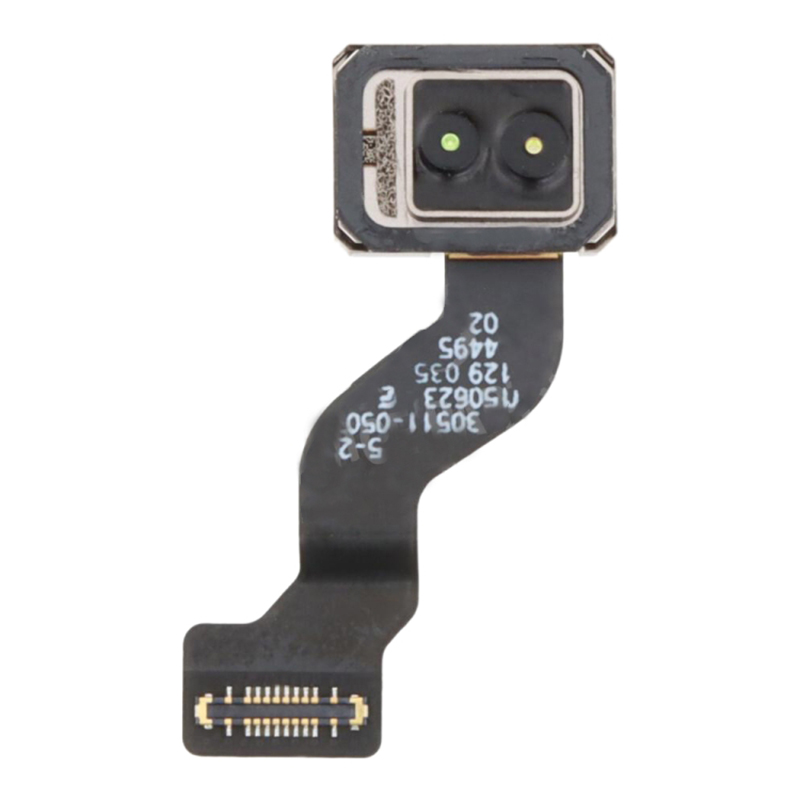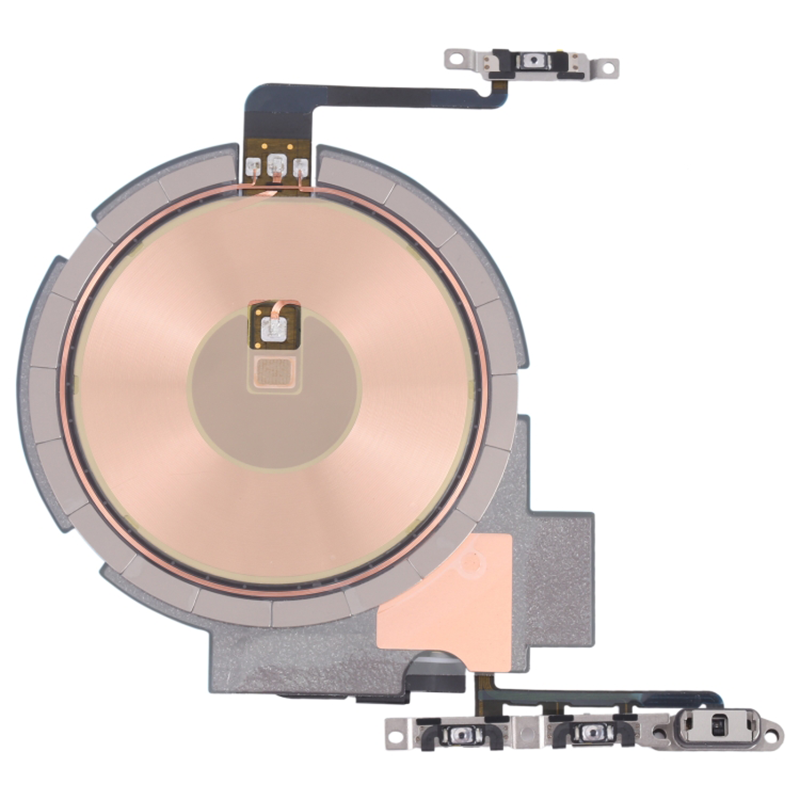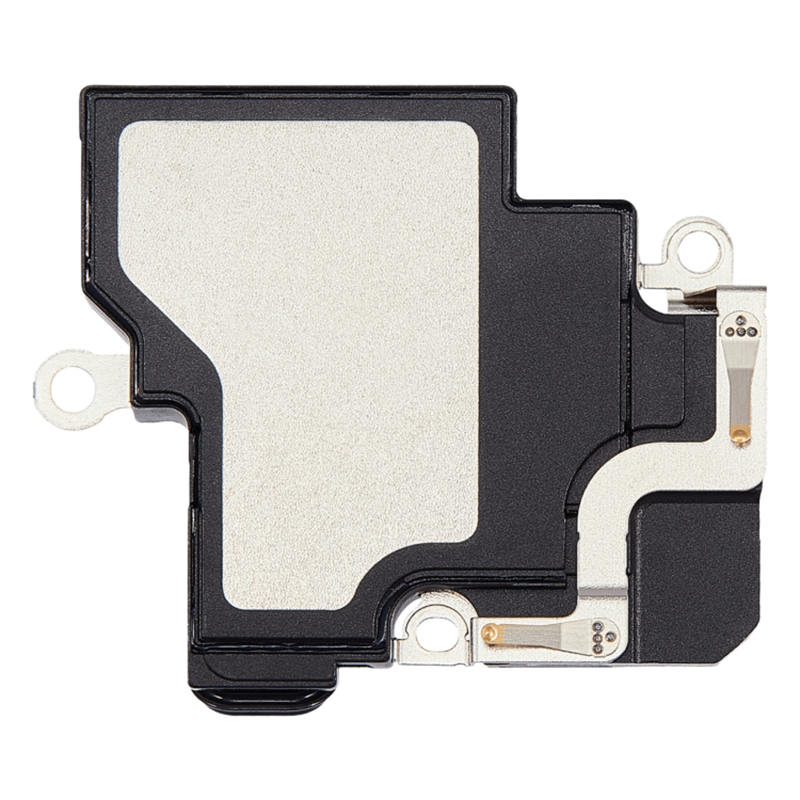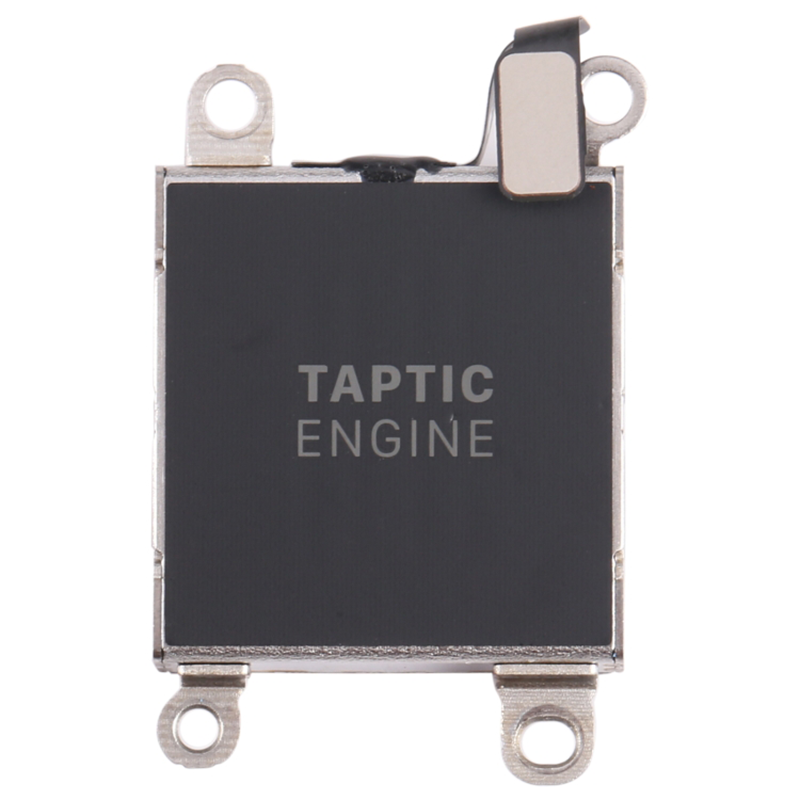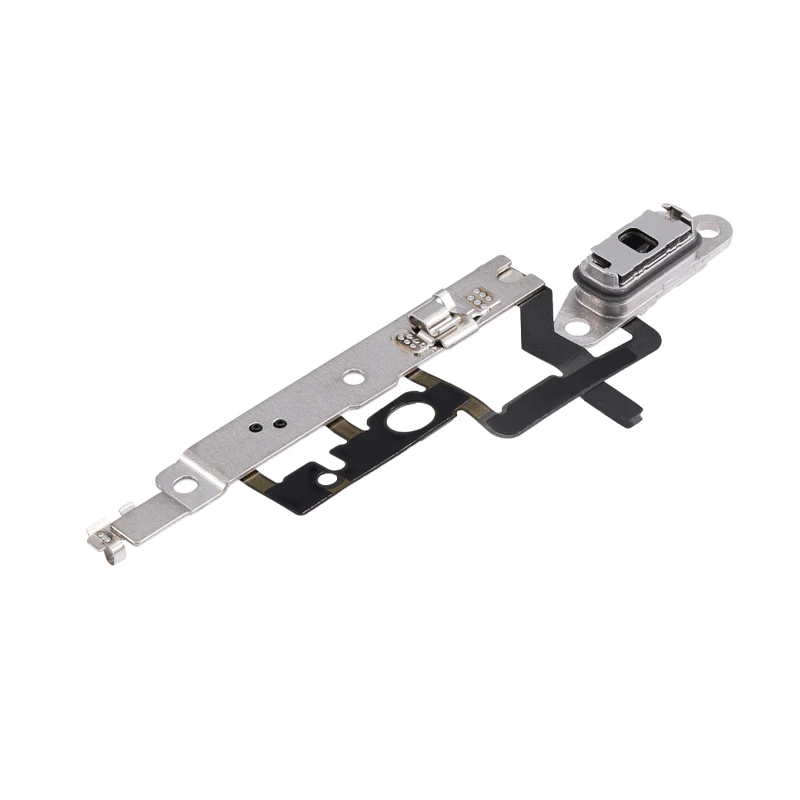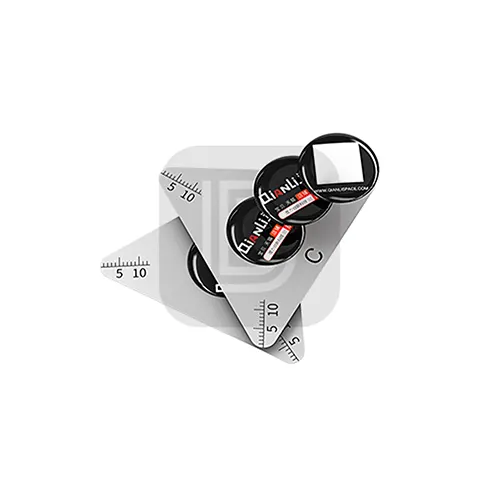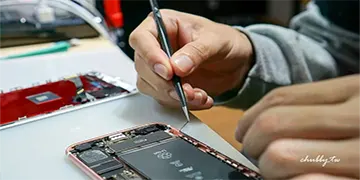Prefacio
Recently, Apple issued a press release announcing that it will improve the existing repair process. Apple officially allows third-party parts and second-hand parts to improve repair transparency,Starting this fall, some iPhone models will support customers and independent repairers to use second-hand Apple parts for repair.
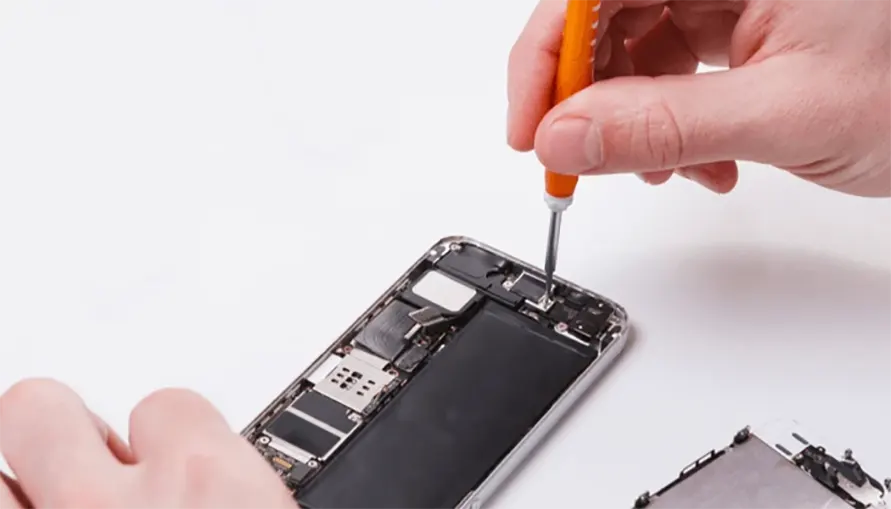
What are the changes?
Apple said that the new process will protect the privacy and security of iPhone users, while providing consumers with more choices, extending the service life of products and parts, and minimizing the impact of repairs on the environment.

John Turners, Apple’s head of hardware engineering, also talked about the controversial “parts serialization” process in a recent interview. For example, if you replace a non-Apple original battery, the phone will prompt that the “Battery Health Information” function is unavailable; non-Apple official cameras will also be prompted for third-party accessories, or some functions will be restricted.
In consideration of privacy issues, pairing of third-party components related to Face ID and Touch ID is prohibited. At this stage, the performance of any third-party biometric technology cannot be verified, so it is still safe to reuse.

It is reported that last year, the repair website iFixit lowered the iPhone’s repairability score due to “parts serialization.” At the end of March this year, the state of Oregon passed a bill SB 1596, which stipulates that digital equipment produced starting from January 1, 2025 must not use the “parts serialization” solution.





